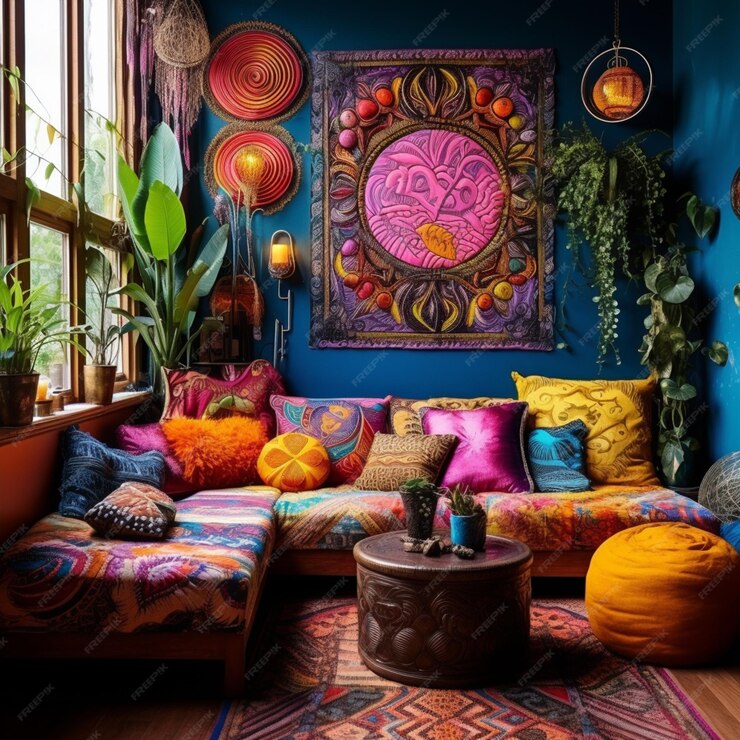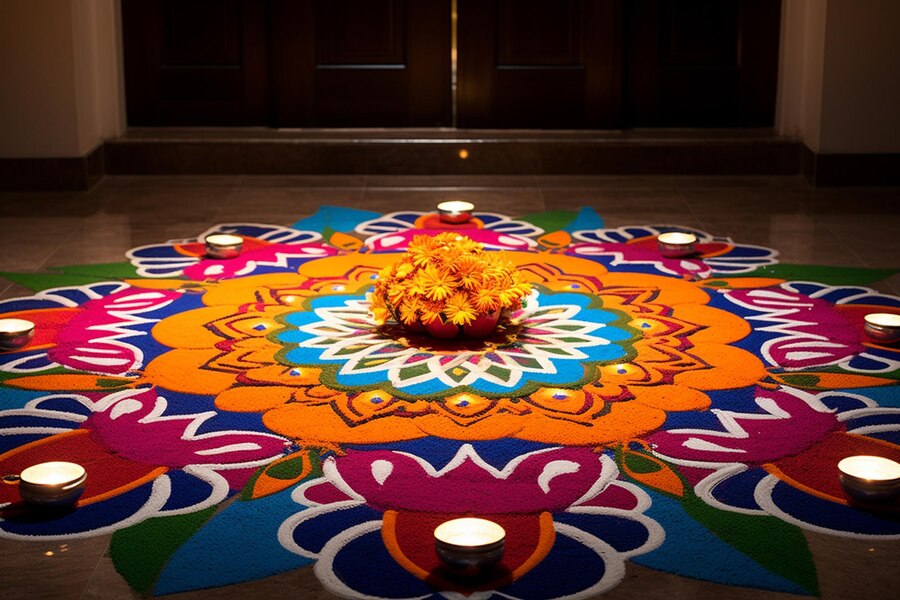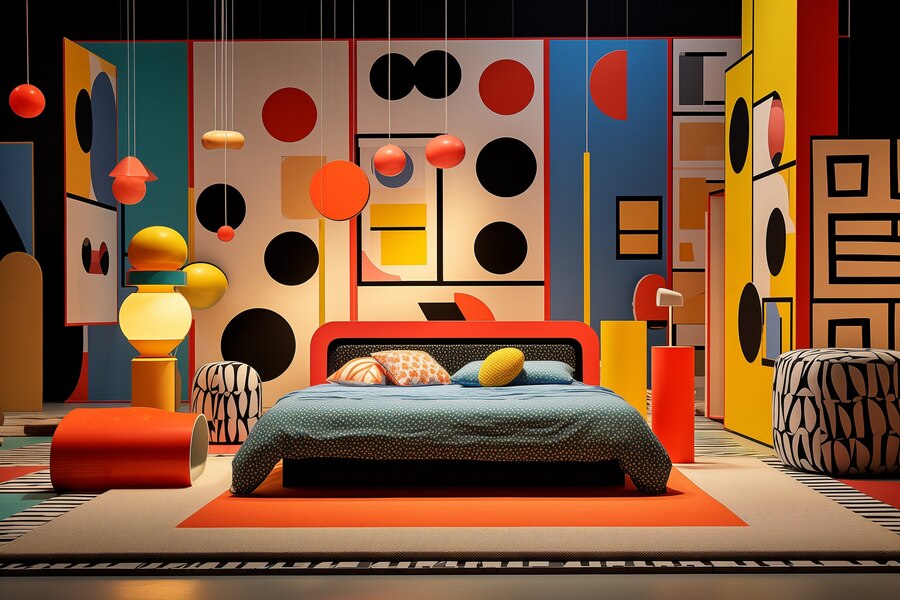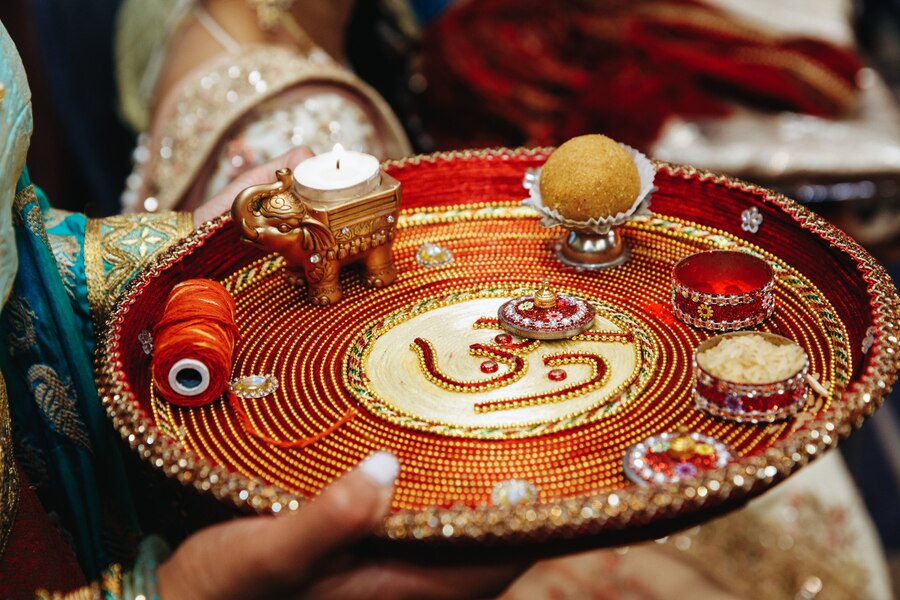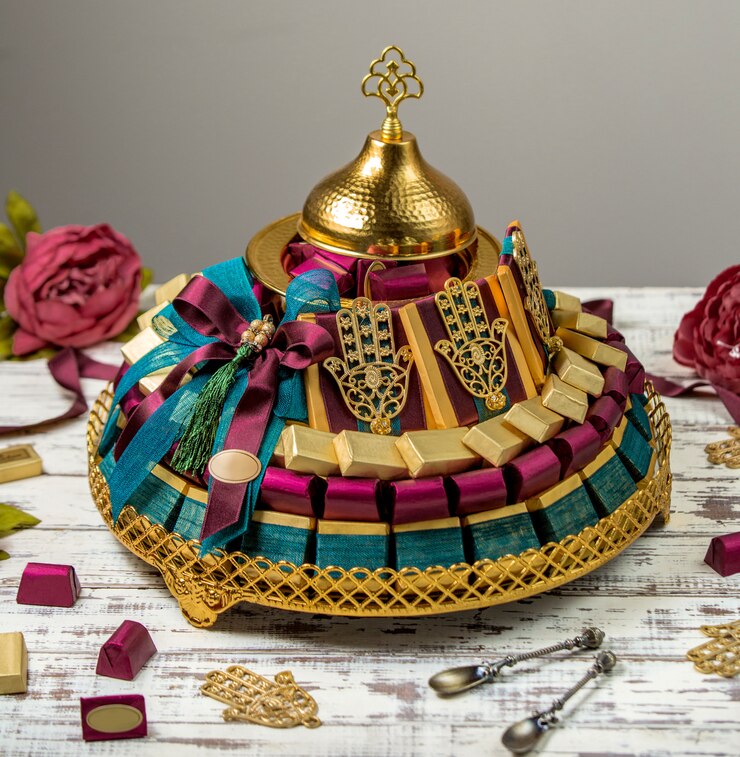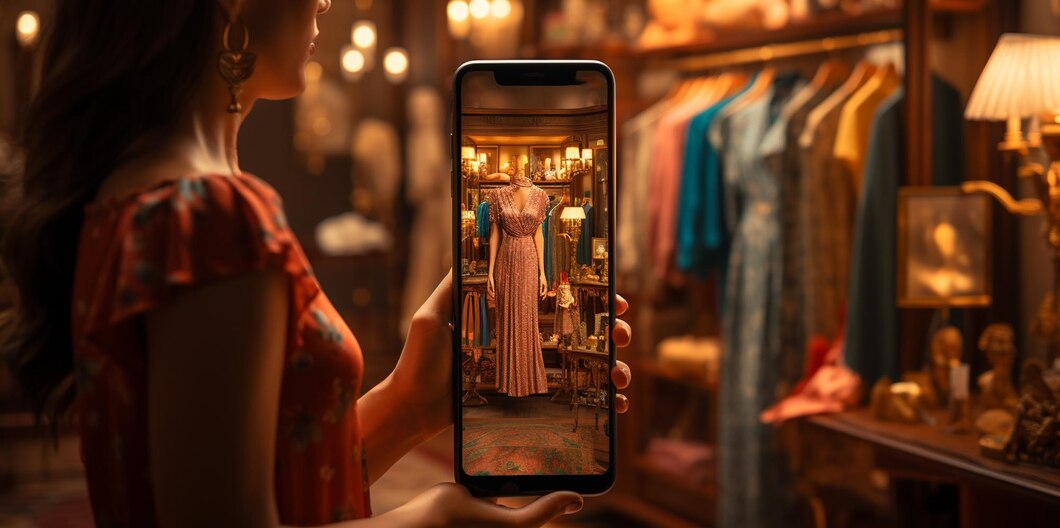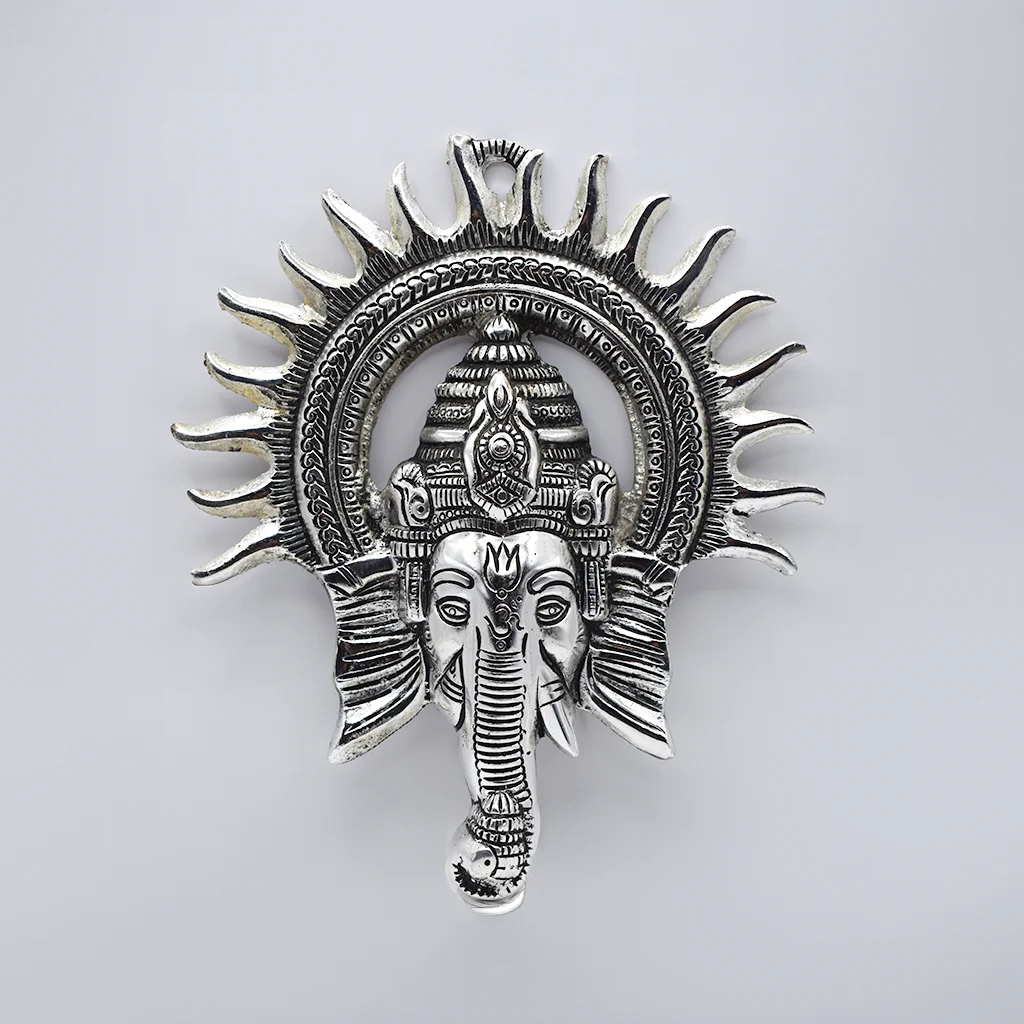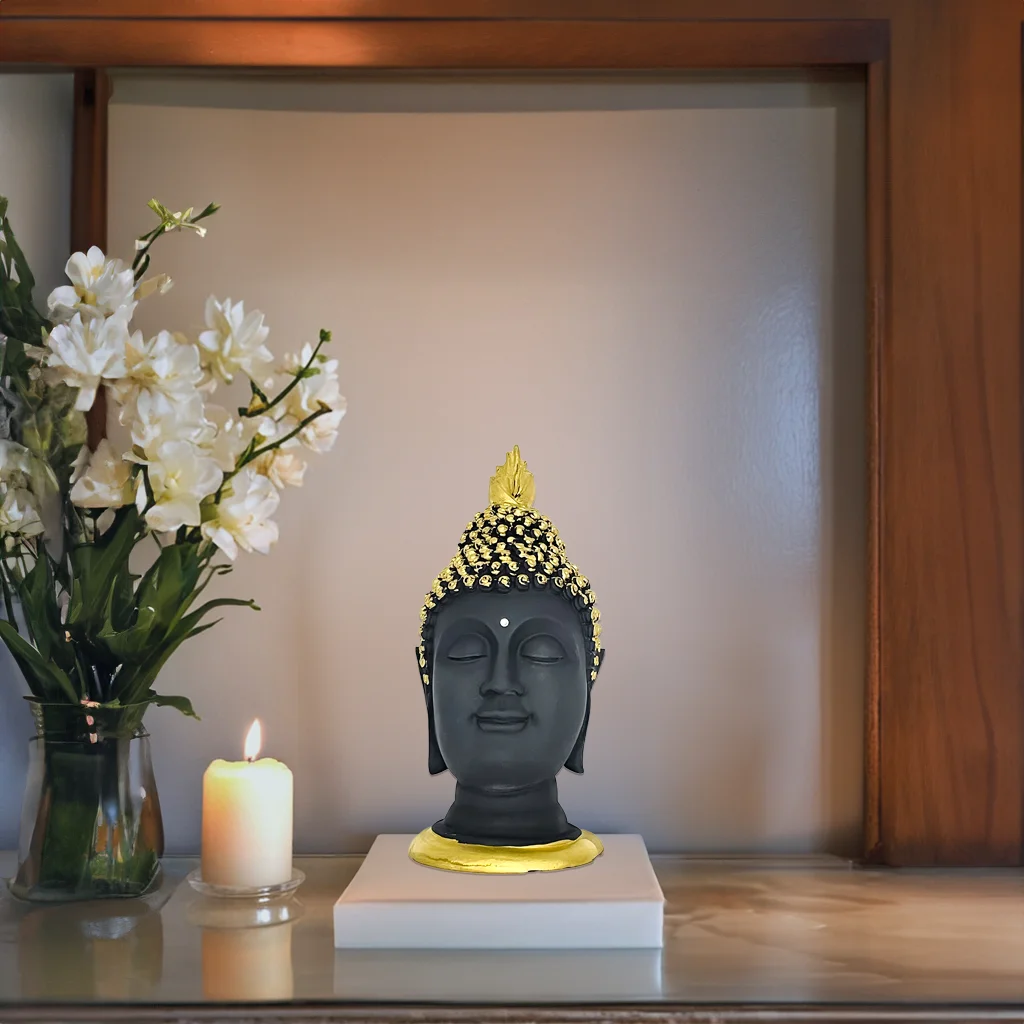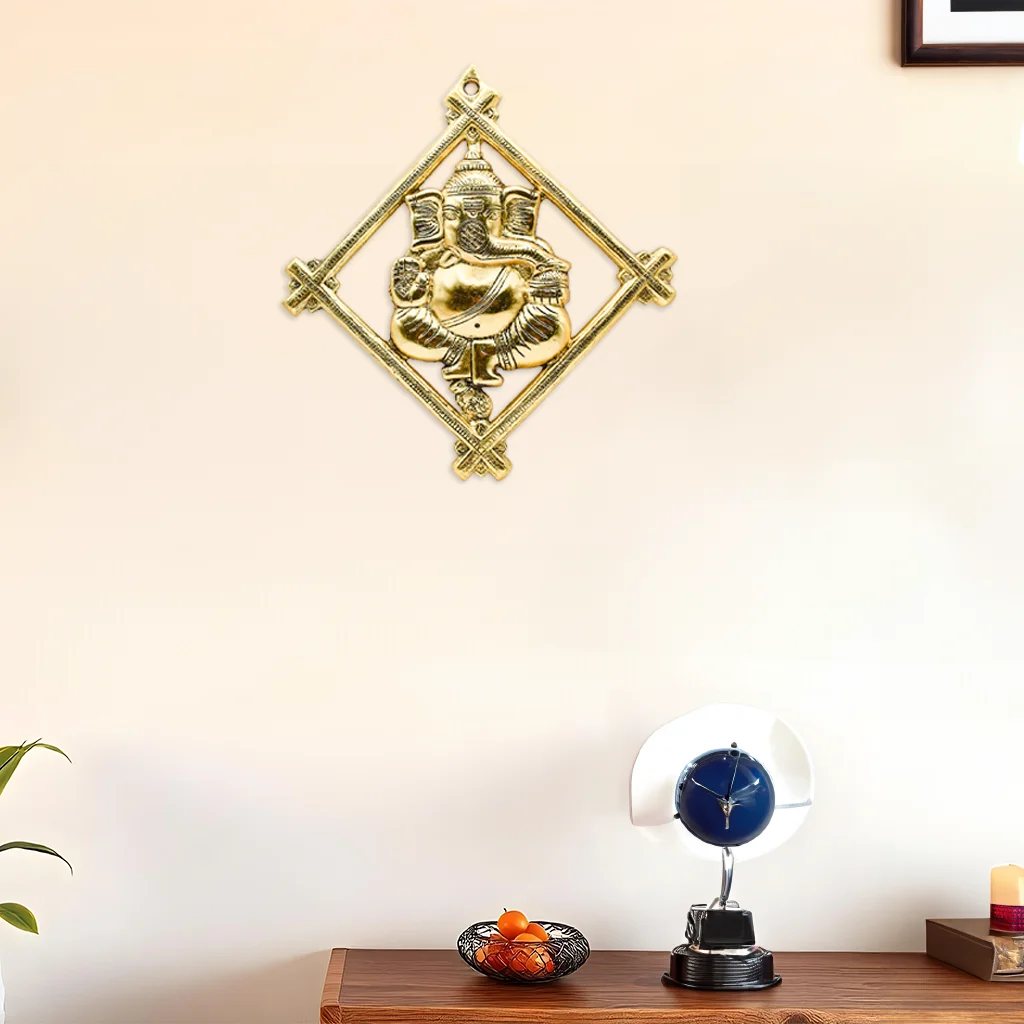Indian Aesthetic Art: Handicrafts are evidence of human ingenuity and ability, and they differ widely between cultures and geographical areas. Making Kolam, a type of Rangoli art with deep-rooted cultural importance in India, is one such intriguing practice. In addition to diving into some useful advice for producing your own gorgeous Kolam patterns, we’ll also examine the rich history and cultural significance of Kolam in this blog. This is the tradition Indian aesthetic art.
The Origin of Kolam
Kolam is a traditional art form that has been practiced for countless years. It is also known as “MUGGU” in Telugu and “Rangoli” in northern India. Its roots may be found in Tamil Nadu and other southern Indian states. Kolam is more than simply aesthetic art; it is a way for Indian culture to convey its spirituality.
Indian Aesthetic Art Cultural Significance
1. Welcoming Symbol

The primary purpose of KOLAM is to welcome people, particularly during festivals and special events. Kolam’s elaborate designs are thought to welcome good fortune and vitality into the home. Making a Kolam is seen to be a lucky way to begin the day.
2. Rituals and Ceremonies

In many religious and cultural rites, kolam is crucial. It is frequently observed in temples when worshippers make ornate patterns as a tribute to the gods. Kolam is a sort of devotion and meditation that helps the artist communicate with the divine. The traditional form of Rangoli made use of designs and motifs based on nature, such as mango, creepers, flowers, swans, peacocks, etc.
The Artistry of Kolam
Precision, inventiveness, and patience are skills needed in the art of making kolams. Simple geometric patterns and elaborate freehand motifs are also used in the designs. When building a Kolam, bear in mind the following important factors.
1. Materials

Rice flour is traditionally used to create Kolam, and it is applied to the ground in exact designs. In modern times, colourful powders and flower petals are frequently utilized to brighten the patterns. The materials are yours to pick based on your preferences.
2. Symmetry and Precision Designer Handicraft

Kolam artwork is renowned for its symmetry. They frequently begin as a dot grid and develop into intricate designs. The creation of an aesthetically beautiful Kolam depends on achieving accuracy.
3. Practice Makes Perfect Festival handicraft

Kolam is a skill that may be developed through practice. Start with basic patterns and progress to more complex ones over time. To get you started, there are several books and courses available.
Tribal craft manufacturing Preserving the Tradition Rangoli Art
The fast-paced world of today presents challenges for the tradition of manufacturing KOLAMS. However many people and organizations are working hard to preserve and enhance this beautiful art form. Through workshops, festivals, and online platforms, the Kolam art is being taught and presented to a global audience.
















